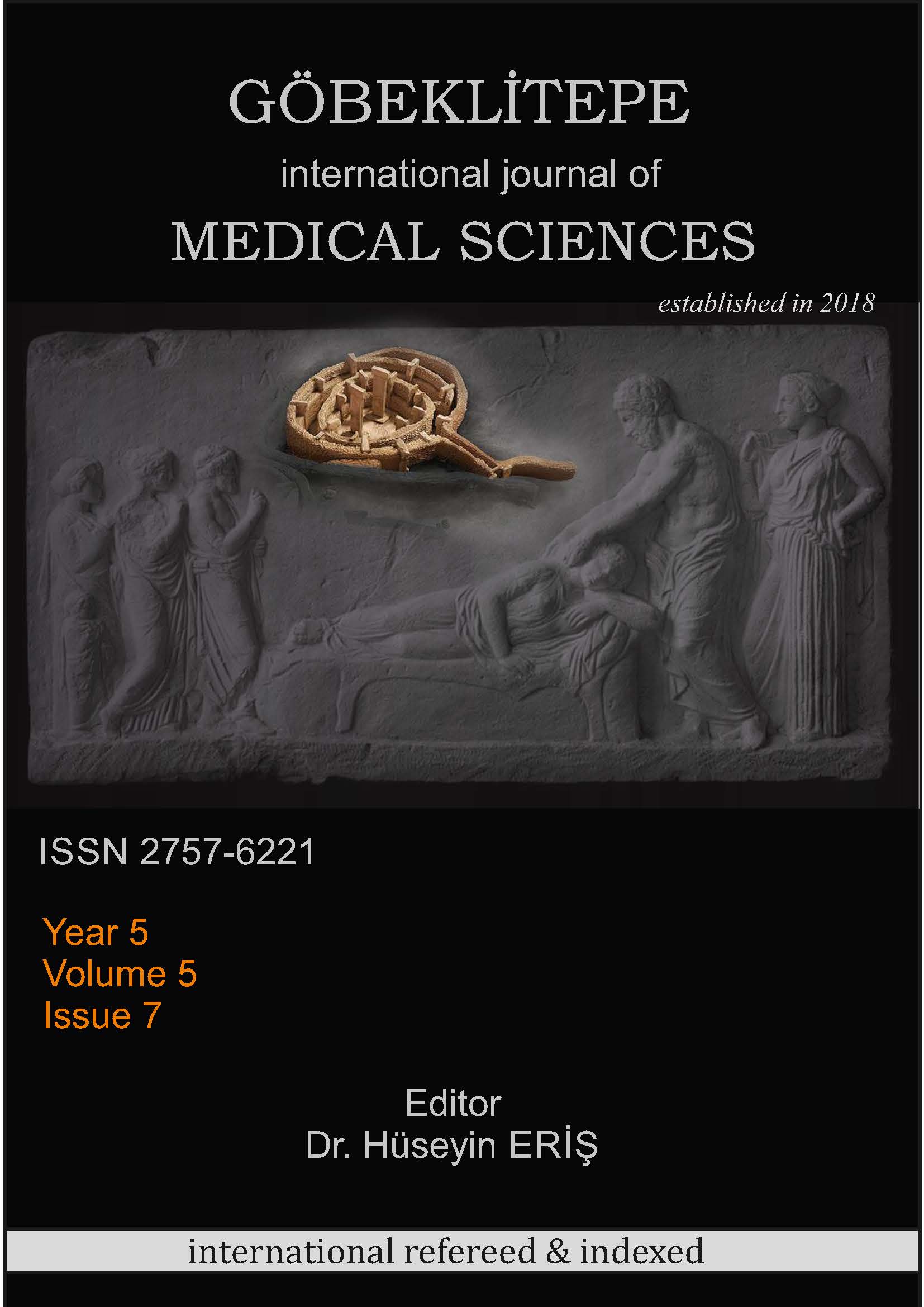HEMŞİRELİK VE EBELİK ÖĞRENCİLERİNDE AĞIR MENSTRUAL KANAMANIN OKULA VE SOSYAL YAŞAMA OLAN ETKİLERİ
DOI:
https://doi.org/10.55433/gsbd.162Anahtar Kelimeler:
Ağır menstrual kanama, ebe, hemşire, yaşamÖzet
Amaç: Bu araştırma, hemşirelik ve ebelik öğrencilerinde ağır menstrual kanama (AMK) sıklığını, bu sağlık sorununun okul ve sosyal yaşamına olan etkilerini belirlenmek amacıyla yapılmıştır. Gereç ve Yöntem: Bu kesitsel tipteki çalışma, bir üniversitenin sağlık yüksekokulunun hemşirelik ve ebelik bölümünde öğrenim gören 416 kız öğrenciyle yapılmıştır. Veriler, sosyo-demografik ve menstrual özelliklere, AMK’nın okul ve sosyal yaşama olan etkilerine ilişkin 30 sorudan oluşan bir anket formuyla toplanmıştır. Verilerin değerlendirilmesinde tanımlayıcı istatistiklerden ve ikili karşılaştırmalarda Ki-kare testinden yararlanılmıştır. Bulgular: Öğrencilerde, kriterlere göre belirlenen AMK prevalansının %40.6 olduğu tespit edilmiştir. Öğrencilerin adet kanaması nedeniyle fiziksel aktivite, uyku, evde üretkenlik, okul, sosyal, aile ve beslenme yaşam alanlarının etkilenme düzeyi ile AMK varlığı arasında istatistiksel olarak farkın anlamlı olduğu saptanmıştır (p<0.05). AMK’sı olmayanlara göre olanların anlamlı olarak daha fazla solunum sıkıntısı ve uykusuzluk yaşadıkları, sosyal aktivitelerini kısıtladıkları, dikkatini toplamada ve dersi anlamada zorlandıkları, okul başarısı ve devam durumunun, çevresindeki insanlarla ilişkisinin, günlük aktivitelerinin, kendine olan güvenin, kıyafet seçim tarzı ve kullanım şeklinin etkilendiği ve uzun süre oturacağı yerlere gitmekten kaçındığı belirlenmiştir (p<0.05). Sonuç: Hemşirelik ve ebelik öğrencilerinde AMK’nın yaygın olarak görüldüğü ve bu durumun birçok yaşam alanıyla birlikte onların okul ve sosyal hayatlarını da olumsuz yönde etkilediği saptanmıştır. Okul ve sosyal yaşam alanlarında yaşanan sorunların çözümü için öğrencilerin AMK’nın tanı ve tedavisi konusundaki farkındalıklarının artırılması ve sağlık arama davranışı göstermeleri için yönlendirilmeleri gerekmektedir.





